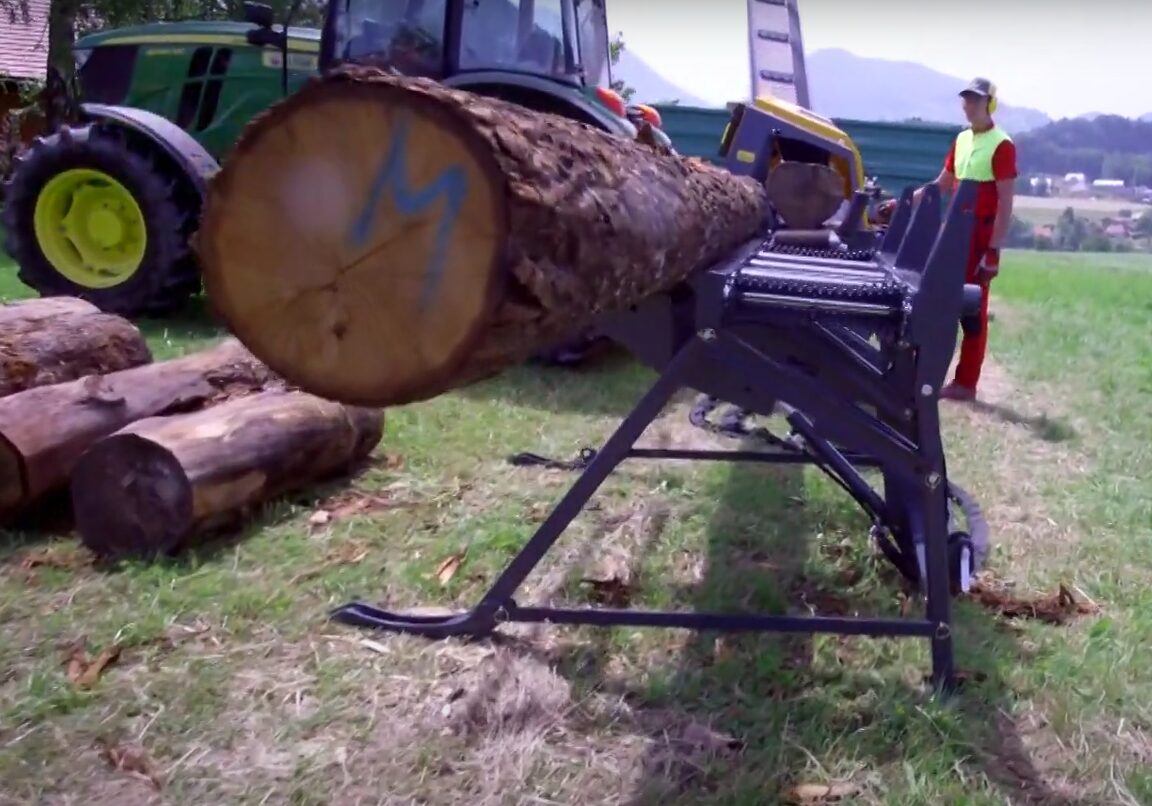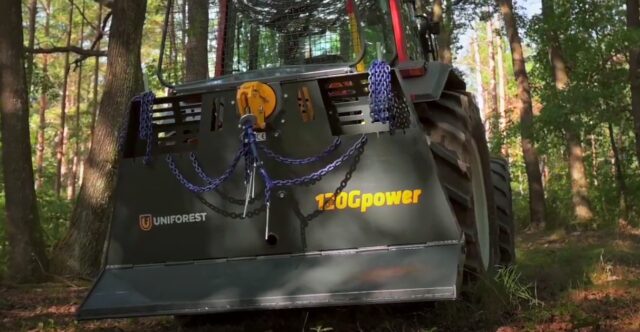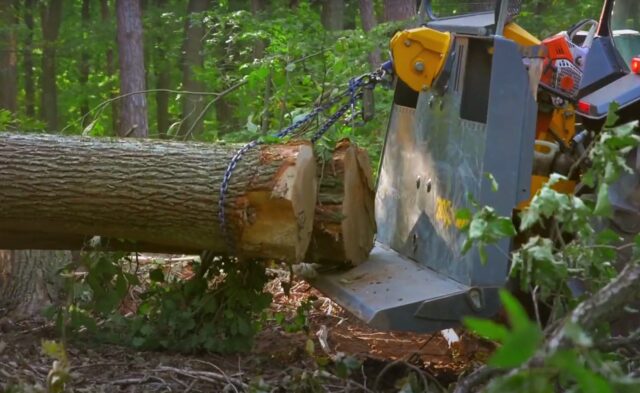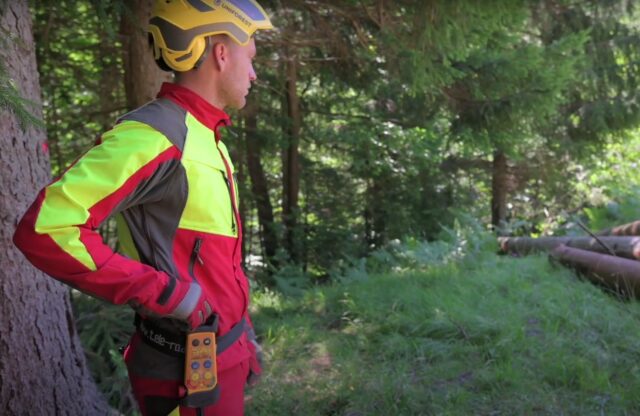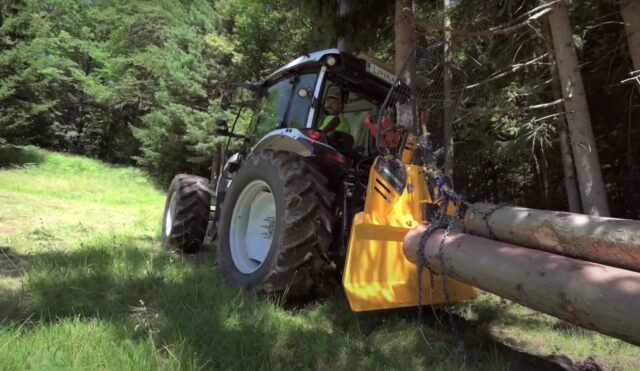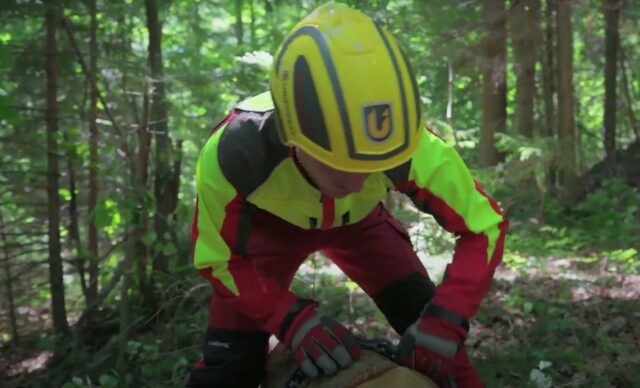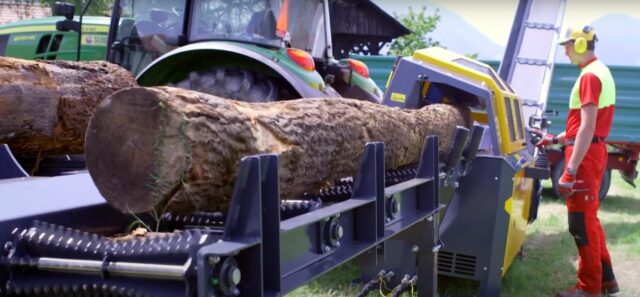Cold winter days are approaching us dangerously, and it reminds us that the time of heating is coming, which allows us to feel comfortable in our home throughout the winter. Find out what types of heating are available to you and how to choose the right one for your needs and possibilities. Today we can find many types of heating available for the household – from traditional heating with solid fuels to solar heating systems, but here we will talk about wood heating.
Wood heating is the oldest source of thermal energy, and today it is the most economically and environmentally acceptable heating system. Wood heating is a very common choice of heating in homes, which tells us that more than 30% of households in Croatia heat in this way. The advantages of wood heating are numerous: wood is one of the cheapest types of heat energy, it is environmentally friendly due to its 100% renewable, easy to use, and easy installation of the device itself. Despite the many advantages, wood heating is not acceptable for every household. A wood-burning stove requires a chimney that needs regular maintenance, it is necessary to clean the firebox and ensure sufficient access to fresh air.
Among the most common solutions for wood heating are fireplace heating and wood central heating. Wood heating is a cheap and economical way of heating, but it also offers the ultimate winter atmosphere. Since the discovery of fire, burning wood has been the oldest and most common way of obtaining thermal energy. Today, this fact is further supported by rising prices of basic fossil fuels thanks to the pervasive global economic crisis and knowledge of possible depletion of sources of these energy sources. Also, today extremely topical reasons against the use of fossil fuels are the harmful side effects that occur when burning huge amounts of fossil fuels and pose a serious threat to maintaining the natural balance on Earth.
Well-designed restoration of forest areas is a sustainable source of thermal energy which, by its release during combustion, does not increase CO2 emissions in the atmosphere, since the same amount of CO2 is needed for the re-growth of the same amount of wood biomass. Simple renewables enable a cheap price of wood biomass, and according to the above, its use is further encouraged by top environmental characteristics. The cycle of modern cultivation of wood biomass intended for energy use is from 3 to 15 years depending on the type of wood, which achieves a positive environment for the highly economical exploitation of wood biomass without danger to future energy needs and harmful effects on nature.
The first cold days remind us that it is the last moment to provide wood and welcome the winter in a warm home. With a wood splitter, you can make it easier for yourself to split or cut wood, and to complete this task as quickly and easily as possible, before buying, check and compare the maximum workforce of the selected wood splitter. Also, pay attention to the maximum splitting length, the axle length of the movable ax, the voltage, as well as the maximum power, other dimensions, and weight. The latter is extremely important, as working with an overweight wood splitter will become more difficult, and this will extend the time to get the job done. Overbought, make sure that the potential new work tool, ie wood splitter, is really reliable, fast, and strong enough for all your jobs, and the advantage is also those that are suitable for working indoors. With just a few simple tips, a wood splitter will make your job easier and faster.
What is a wood splitter?
A wood splitter is considered to be a modern machine designed to procure firewood in large and small quantities. The work splitter performs quickly and efficiently and is also much safer than an ordinary ax, which is important. It is quite a practical, efficient, and convenient device. To get firewood for 5-7 days, you need to work with an ax for 4 hours throughout the week, and the wood splitter will be worn in 3 hours and you will only need to stack the logs neatly. On uniforest.de you can learn more about good quality wood splitters.
1. Protective equipment
Handling a wood splitter can be dangerous, so you must have work equipment such as goggles, work clothes and shoes, and gloves.
2. Splitter correctness control
Check the device before use. Inspect any damaged parts and promptly replace them. All bolts and nuts on the devices must be tightened. The oil level is improving. Never start the device if a fault is detected
3. Electric shock protection
Check that the electrical system is properly protected and that the voltage, power, and frequency is satisfactory for the device. Check the grounding of the socket. Avoid touching the device with pipes, radiators, furnaces, and other devices connected to the ground.
4. Emergency warnings
Always run the device on a dry and firm surface, never on a wet, slippery, muddy, or frozen surface. There should be no tall grass at the site of use, it should be a wide free space for tool handling. The work area must be clean and well lit. Because of jamming possibilities, there must be no wood or tools in the work area. Do not use the device nearby vapors of chemical or flammable substances.
5. Extension cables
Improper use of extension cords can cause the device to malfunction and overheat. Ensure that the extension cable has a maximum length of 10 meters and that the cable diameter is at least 2.5mm². Avoid using non – original cables that are subsequently extended or poorly insulated.
6. Safety gap
Have only one person start and charge the device. Other people have to leave the workspace, as well as domestic animals, especially while the splitter is in operation. The use of splitters is prohibited for persons under 16 years of age. Persons under the age of 18 must be properly instructed and under the control of an adult.
7. Wood control
Never split wood that contains a foreign body (eg nails, pieces of wire, stones, etc.…). Both sides of the wood, which is intended to be split in the splitter, must, preferably, be sawn at right angles. The branches must be sawn to the stump.

